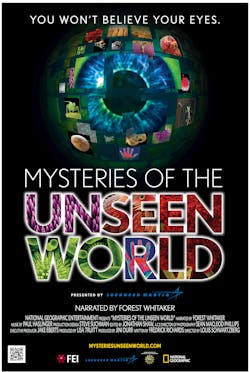In 2011, NASA announced achievement of its long-term goal of operating a light microscope in the International Space Station. By the end of 2014, another light microscope—a version of the digital, motorized iMIC light microscopy platform that FEI Company designed for Project TEXUS (Technologische Experimente unter Schwerelosigkeit)—will launch to enable high-speed, high-resolution 3D imaging of live cells in microgravity.
Project TEXUS is led by Deutsches Zentrum für Luft- und Raumfahrt (DLR) and conducted by Astrium GmbH (Bremen, Germany). Researchers adapted the Andromeda spinning disc version of iMIC ("the only true live cell confocal system on the market," according to FEI) to fit into a 44-cm-diameter rocket, adding plenty of "special packing." Like the NASA microscope, the iMIC will allow remote-controlled, real-time study of the effects of the space environment on cells—without subjecting the specimens to the effects of re-entry. Sporting a 488 nm diode laser, high-numerical-aperture objectives, and a cooled interline-transfer CCD camera, it will perform three independent cell biology imaging procedures within six minutes of microgravity: It will image neuroblastoma cells, thyroid carcinoma cells, and primary macrophages. Until launch, the scientists will conduct tests of equipment in parabolic flights.
Meanwhile, microscopy has also played an important role in development of National Geographic's new "Mysteries of the Unseen World," an IMAX film that makes visible things too fast, too slow, or too small to be seen with the naked eye. FEI was the exclusive partner in the development of the "too small" portion of the film—its Versa 3D DualBeam electron microscope produced images at size scales from fleas to blood cells to atoms and molecules. FEI VP of strategic marketing John Williams expressed excitement about providing a new view of the world around us: "I think the film will be very beneficial in helping to get students at various grade levels interested and engaged in science, technology, engineering, and math (STEM)."
About the Author

Barbara Gefvert
Editor-in-Chief, BioOptics World (2008-2020)
Barbara G. Gefvert has been a science and technology editor and writer since 1987, and served as editor in chief on multiple publications, including Sensors magazine for nearly a decade.
